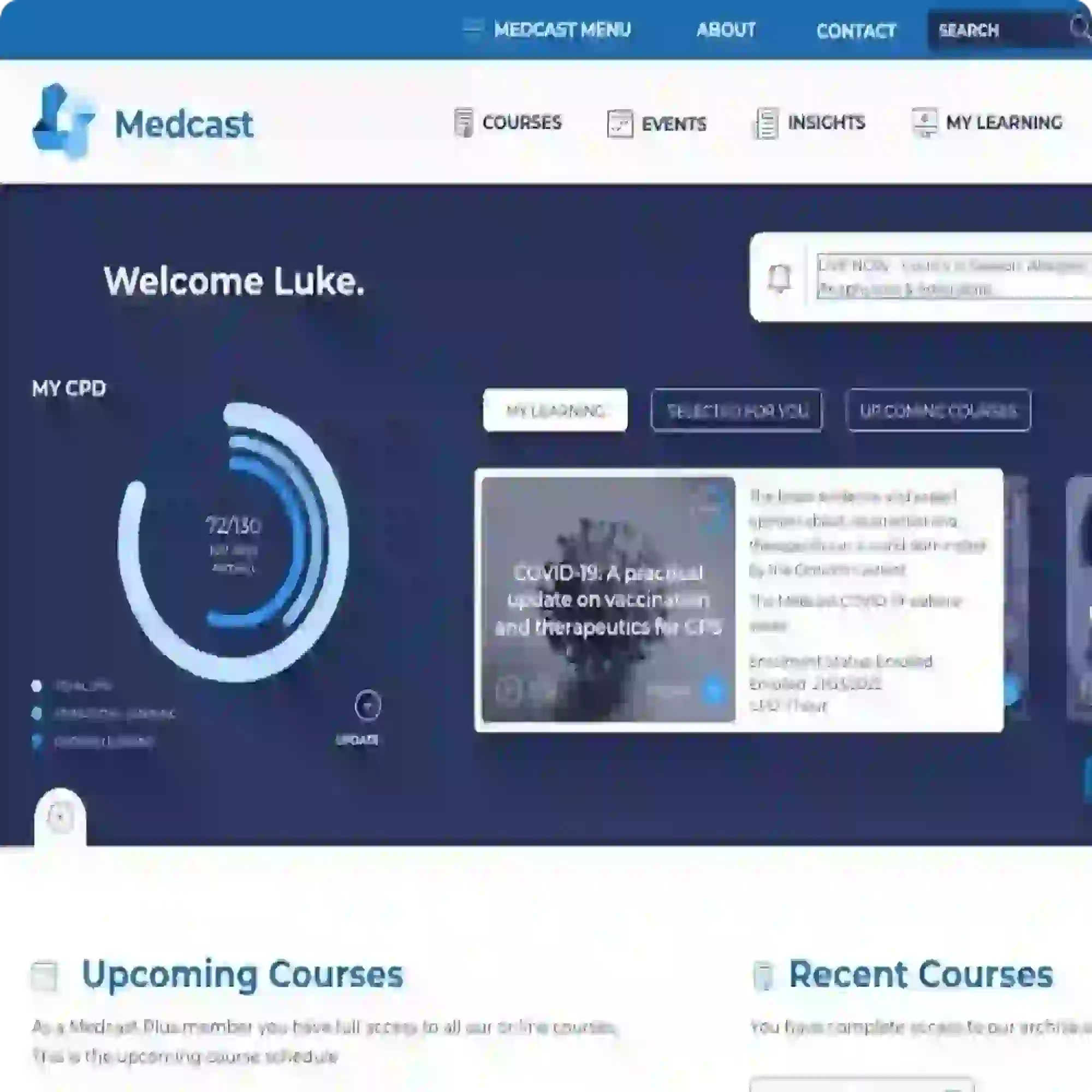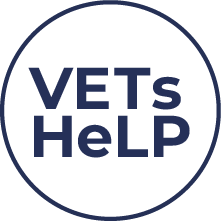Assessing and Recommending Mental Health Apps
There are many thousands of mental health apps available – the question is where to start and how to select them?
Where to begin
When considering apps to improve my own health and wellbeing or to assist clients in my practice, I want to know whether the app is likely to be safe, effective and engaging to use. Privacy and data security are also important. Relatively few apps provide good information about what information they collect and what they do with the information. Some have no privacy policy and some have privacy policies that are inaccessible or incomplete.
Apps come and go very quickly and many are of questionable quality, When I am looking for an app, I first pick out some apps that seem credible and worth investing further time in examining. Finding a mental health app that works.
Portals can help
Online portals can be good places to start, especially at the initial screening stage. Portals are directory sites that set quality criteria and only list apps that meet those criteria. Different portals use different criteria and these are usually explained on the “about” page of the site.
Community-facing portals
Some portals are designed for the general public to use such as:
- the United Kingdom’s NHS Apps Library for general health apps
- Australia has some specialist mental health portals for members of the public, including:
- the Head to Health site - this lists apps (and other online mental health resources, funded by government or that contain government content
- Reachout site’s Tools and Apps page which lists apps that have been professionally reviewed and can be used and recommended with confidence
There are also two app portals based in the USA that may be of particular interest to clinicians:
- PsyberGuide is designed for the general public but is helpful to clinicians because, for each app, PsyberGuide provides information about its credibility, user experience and transparency (whether it provides information about data security and privacy)
- Mindtools.io addresses similar areas for each app and incorporates additional information about qualities that may interest clinicians (such as therapeutic persuasiveness and alliance) and provides “notes to clinicians” which suggest how each app might be used in therapy.
Use these sites to put together an initial list of potential apps that interest you, then have some fun putting them through their paces!

Julia Reynolds MPsych(Clin), MAPS, is Clinical Psychologist and e-hub Clinical Services Manager, Centre for Mental Health Research, ANU.
Become a member and get unlimited access to 100s of hours of premium education.
Learn moreCo-billing and split billing are often a source of confusion for many GPs. This FastTrack clearly defines these two methods of billing, including examples, explanations of when it is and isn’t appropriate to co- or split bill, and common compliance pitfalls. 30 mins each RP and EA available with the quiz.
The Coordinated Veterans’ Care (CVC) Program is a DVA initiative that allows GPs to provide structured, proactive care in the community for eligible veterans and war widows. This FastTrack provides a guide to billing the CVC program, and outlines a strategy for its practice-wide integration.
Achilles tendinopathy is a common cause of posterior heel pain and functional impairment. GPs are well-placed to coordinate care for these patients. This FastTrack fact sheet provides a concise summary of diagnosis and non-surgical management, including when to refer. Earn 30mins each RP and EA CPD with the quiz.

